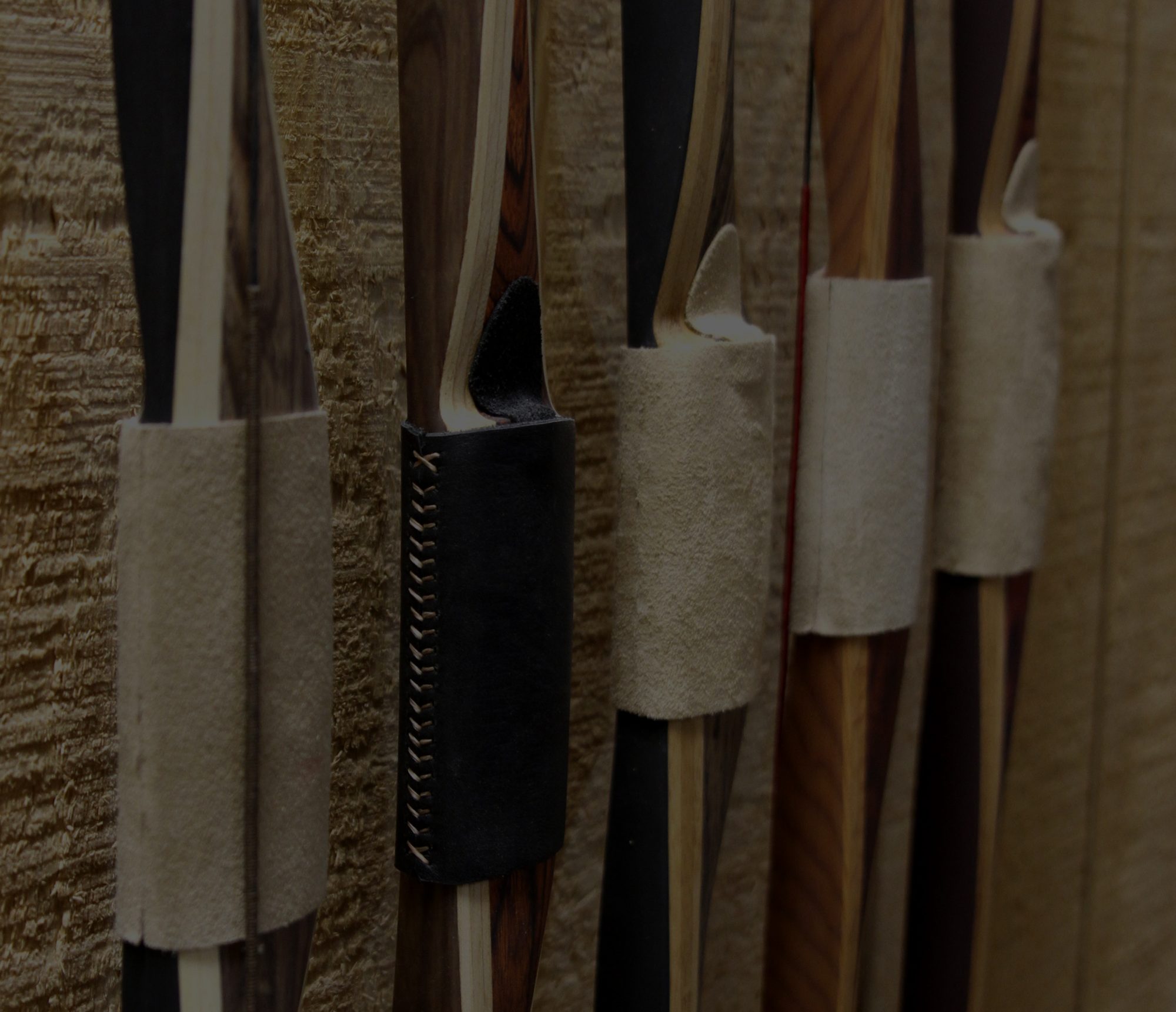Traditional Archery
For more than 10,000 years, people have been using traditional bows to protect their homes and feed their families, taking game ranging in size from small birds through elephants. Silent, accurate, powerful, and capable of being shot from any position, at targets both stationary and in-motion, traditional bows and arrows have proven lethal to every game animal on the planet: no wheels, no cams, no cables.
- During the 20th. century, the remains of a one-piece wooden longbow were recovered from a bog near the town of Holmegaard, Denmark. When archery historians and bowyers got their turn with the Holmegaard Bow, they were astonished by the extraordinary sophistication of the design. The bow was carbon dated at 9,000 years of age.
- Between the years 1200 and 1500, the most challenging problem faced by the armies of Europe was to build armor that the English Archers couldn’t shoot through. The one-piece Yew longbows shot a very heavy yard-long Ash or Poplar arrow, tipped with a forged iron point: the original armor-piercing projectile. The estimated effective range was between 180 and 250 yards and the rate of fire was 10 to 12 arrows per minute. Thus, the rate of fire for 300 English Archers could be 3,600 arrows per minute; that’s 36,000 arrows after 10 minutes. They gave us the word: Artillery.
- Two soldiers, pursued by Welsh archers, rushed into a fortress and slammed the door. The Welshmen loosed arrows at the closing door . . . “which being shot with prodigious violence, some penetrated through the oak doors of a portal, although they were the breadth of four fingers in thickness. The heads of these arrows were afterwards driven out and preserved, in order to continue the remembrance (sic) of such extraordinary force in shooting with the bow . . .” (Burke: The History of Archery)
- Official U.S. Army records contain an account of the mounted pursuit of a warrior from one of the western tribes. Riding at full gallop, the man turned in his seat and shot arrows at the racing cavalrymen, several of whom sustained wounds to the face and thighs, those being the only exposed body parts.
- Archery legend, Howard Hill, shot 10 thrown dimes out of the air without a miss. While working as a stunt-archer for the Warner Brothers film, The Adventures of Robin Hood, Mr. Hill shot an arrow into the center of a target and then split it with a second arrow—on purpose, thus giving rise to the expression: to “Robin Hood” an arrow.

